
We are officially halfway through 2024, and this year has brought a wave of new trends in the social media and digital marketing world. Trends and norms are constantly changing and evolving in digital marketing, so staying ahead of them is increasingly important. Understanding how to properly integrate these into your marketing will help optimize your digital marketing efforts for success in the current market.
Google Ads Performance Max and Smart Campaigns
Google ads has shifted towards encouraging performance max and smart campaigns as the default solution to advertisers in recent years. These campaigns are highly automated by Google, which they believe creates efficiency for the advertiser and increases performance. However, many advertisers oppose these formats as it takes control away from the advertiser and puts it all in Google’s hands.
Performance max campaigns provide the ability to target all channels in one campaign, including search, display, YouTube, and discover. The purpose is to reach a broad audience across different channels. Performance max campaigns also use smart bidding using machine learning and automation based on the goals of the campaign and past performance. This campaign minimizes the manual effort by the advertiser.
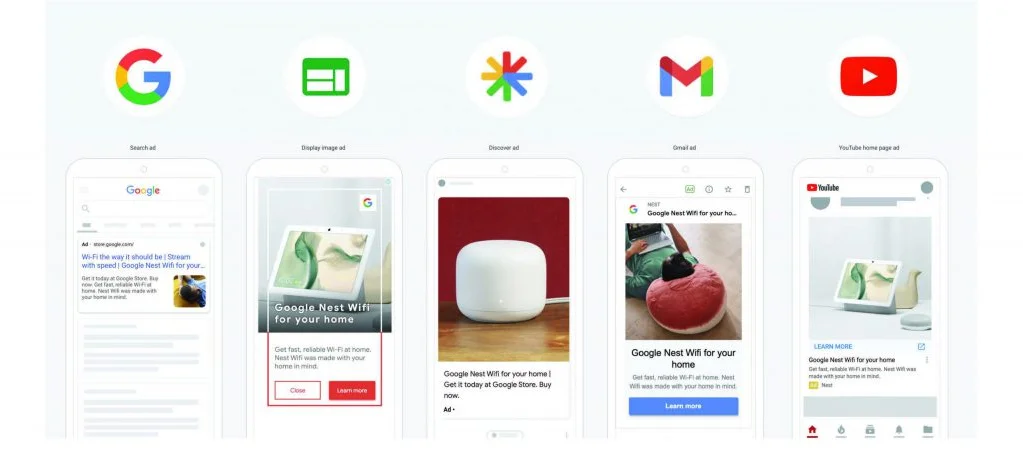
Smart campaigns are also highly automated and target a broad audience by location, keywords, and device type. It also requires minimal effort from the advertiser, so it is designed for small businesses or advertisers new to Google Ads. The ads are more simplified and have fewer advanced features. With limited control available to the advertiser for both of these formats, concerns arise about whether Google is optimizing their campaigns in the best way or aligning with their specific goals or budgets.
How can advertisers overcome the challenges that come with these changes? Before launching a performance max or smart campaign, setting clear goals and KPIs for Google to follow can help make sure you stay on track. Additionally, even when using an automated campaign, make sure you are regularly monitoring to identify trends to make changes accordingly. Lastly, if you use performance max and smart campaigns, try using manual campaigns for more specific audiences or products that demand more control. This may provide the perfect balance between flexibility and control.
Artificial Intelligence Personalization
AI can use machine learning algorithms to predict user behavior and change the content they see in real-time, which is a complete step ahead traditional data analytics. AI can use data like search history, recent purchases, and social media activity to predict what an individual consumer will browse for in the future. Dynamic Creative Optimization (DCO) is an advertising technology that allows advertisers to create personalized ads based on real-time consumer data—making the ads hyper-relevant to a specific individual. There are various DCO vendors out there to choose from, including Hunch, Smartly, and Celtra.
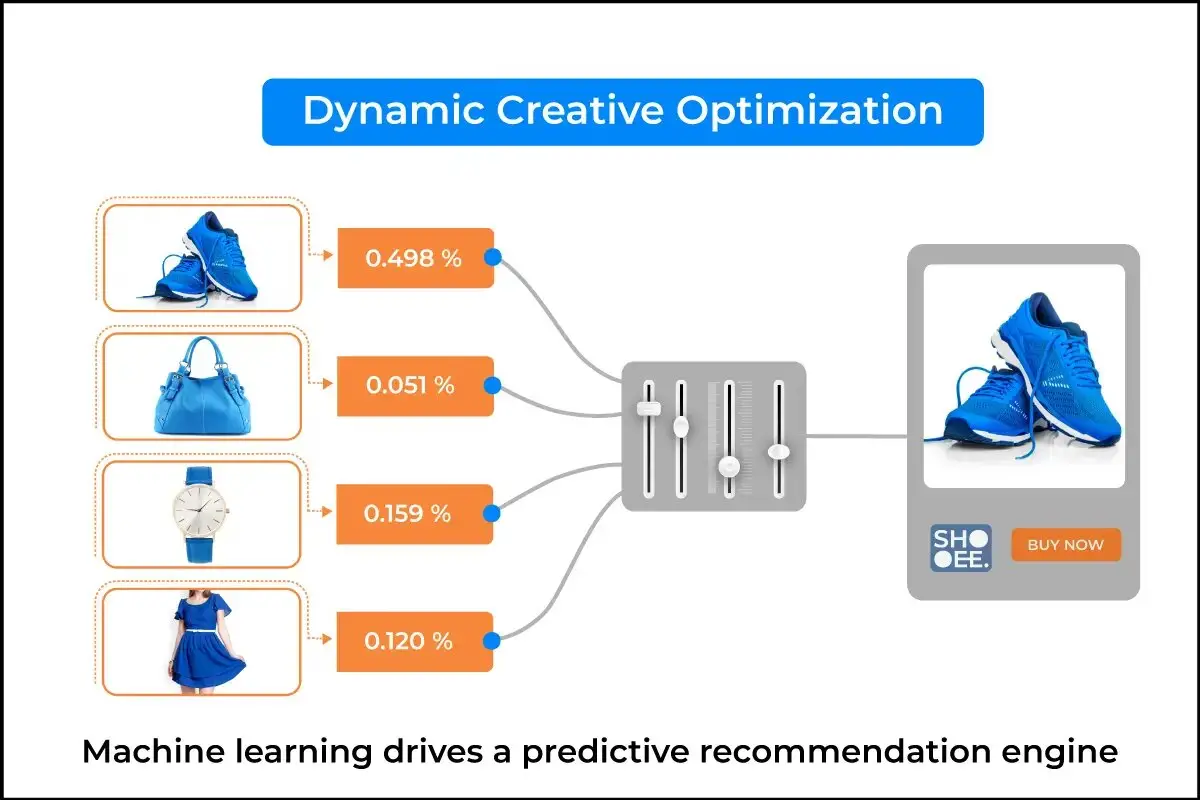
For consumer product businesses, Amazon offers significant AI-driven product suggestion tools that take advantage of its vast customer activity tracking across various apps and search engines. The company even launched a generative AI shopping assistant to answer customer questions about products.
If you are marketing in the Amazon ecosystem, Amazon has an entire suite of AI tools to help your business better connect with customers. Amazon forecast is a time-series forecasting services that businesses can use to predict demand for products, workforce staffing, foot traffic, and channel demand which all can reduce waste and optimize inventory planning.
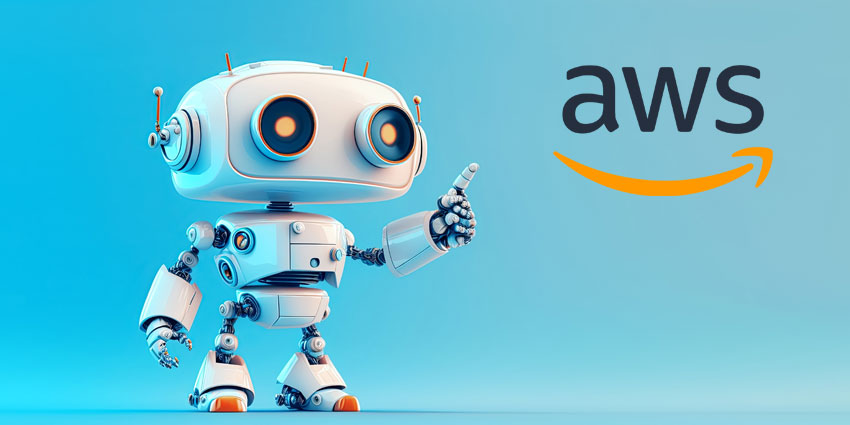
Short-Form Video Marketing
2024 has seen the continued popularity growth of short-form videos, which are videos that run between 10 seconds to 3 minutes that are optimized for mobile viewing. The most popular platforms for this type of content are TikTok, Instagram Reels, and YouTube Shorts. TikTok was the most searched for short-form video content platform globally in 2023.
User-generated content is a popular tactic used with short-form videos. A real person promoting the product is more likely to be trusted by users than the company itself. Calvin Klein utilized this tactic in their #myCalvins campaign, encouraging customers to share pictures in their Calvin Klein clothing, ranging from influencers to people with 10 followers. This trends have also given rise to “micro-influencers.”
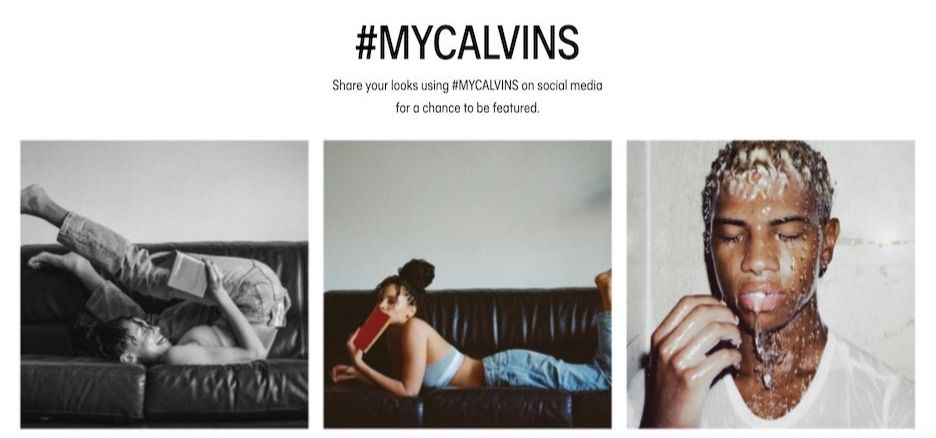
When crafting short-form content, the goal is to create authentic, creative videos that are targeted to your specific audience. Tik Tok is the most popular platform, so that is a good place to start, and you can move to other platforms once you have your footing there. Partnering with influencers or using customer testimonials to promote your product is a great way to build authenticity. Instruct them to use call to actions while still maintaining the casual and genuine tone. While you want authenticity, ensure that your videos are well produced and tailored to each platform to appear professional.
Another way to create brand loyalty and grow engagement is through brand challenges. Colgate did this with its #makemomsmile challenge, which encouraged users to share a video on TikTok doing something special for their mom on Mother’s Day. This challenge went viral and spread brand awareness for Colgate while building an association between them and wholesome gestures.

The Rise of Micro-Influencers and Niche Marketing
Micro-influencers are people who have a relatively small, but loyal and active following on social media. They typically have a niche, such as fitness, travel, cooking, or gaming, and share opinions and recommendations about these topics with their followers. Because social media is such a large and growing space with millions of users, people tend to be engaged with micro-influencers geared toward their interests more than large celebrities. Micro influencers have an engagement rate of around 7%-20%, while macro influencers have an engagement rate of around 5%. Working with these influencers is enticing for brands as it is an engaging, authentic way to reach customers and lower costs.
To find the influencers you want to work with, you can simply find the target content you want through hashtags or searches. You can also use an influencer discovery tool such as Modash, which has a searchable influencer database for creators on Instagram, TikTok, and YouTube. You can search based on a variety of factors, including their following range, location, gender, and audience demographics. Once you have your target influencers, you can either direct message them via social media, or email them if that is accessible. Keep your initial pitch straightforward and transparent, outlining what your product is, the project details (post frequency, type, deadlines), and why they align with your brand. Once you have partnerships, it becomes even easier to find similar influencers with the same audiences and content.
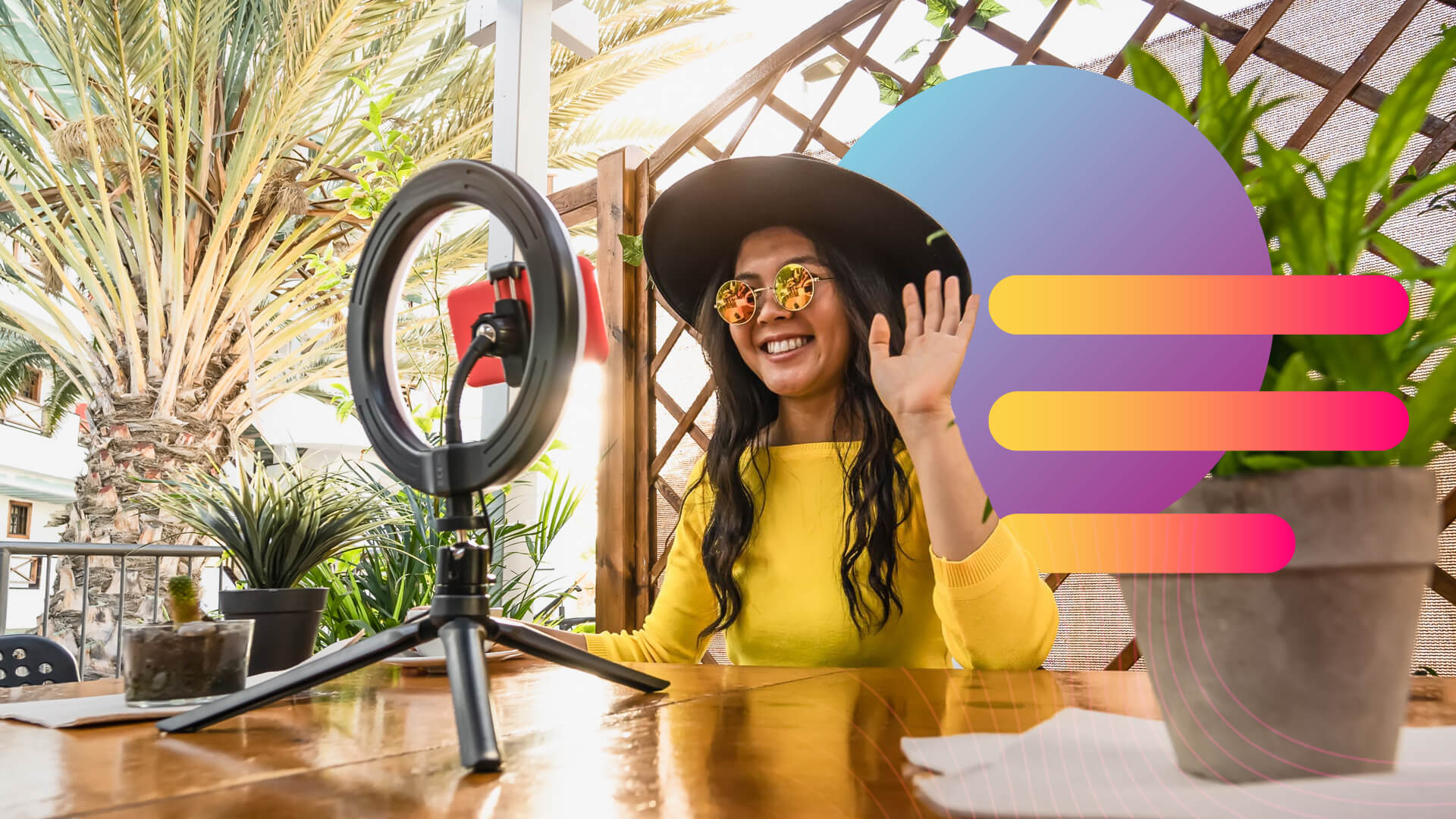
Nearly half of consumers say they depend on influencers recommendations before they buy something, and with the highest engagement rate of any creator, micro-influencers are a huge source of these recommendations. Micro-influencers help brands connect and engage with a very specific audience in a personal manner. As an example, the sportswear company Nike uses niche athlete influencers to promote its apparel by posting images of them wearing Nike on their platforms though the Nike Affiliate Program.
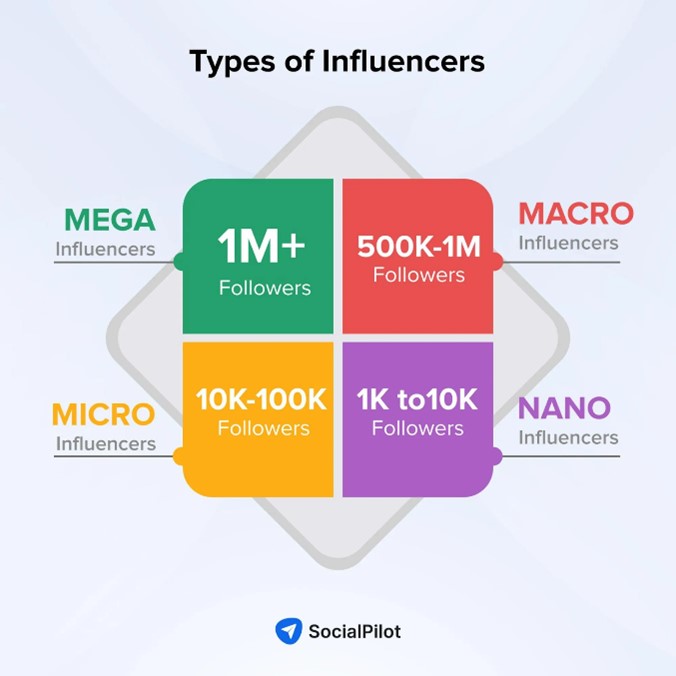
Social Commerce: The integration of Social Media and E-Commerce
In 2024, brands can now leverage social commerce features in apps to facilitate the sale of products within a social media app. Multiple platforms, including Instagram, Facebook, and TikTok, have a designated virtual storefront within their apps, allowing customers to discover products and seamlessly purchase them on the spot. This allows for apps to control the entire timeline of a purchase decision, from discovering the product on a post, possibly from an influencer, adding it to their cart, and checking out right on the app. This type of e-commerce allows brands to increase user engagement and receive customer interaction and feedback, allowing them to make decisions based on that data. Combining the advertising and purchasing platform into one also broadens the use and importance of influencer marketing partnerships.
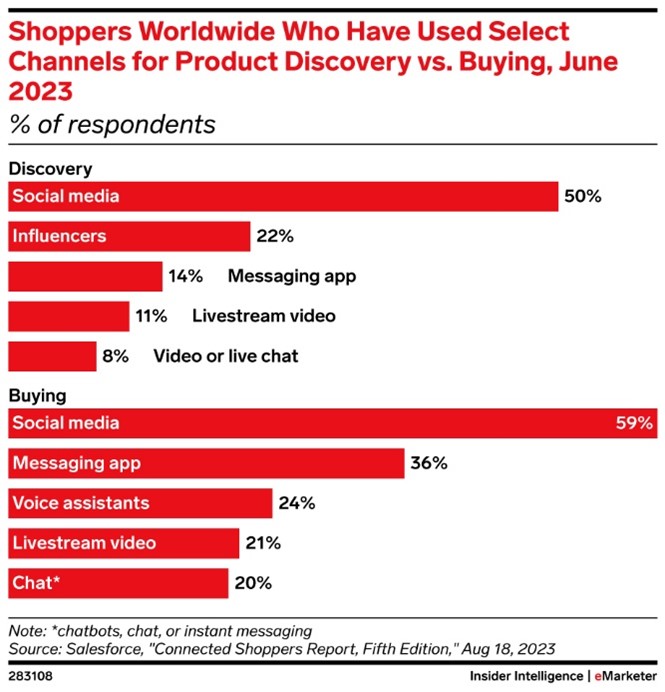
This chart shows how prevalent social media is for discovery and purchase of products
The first half of 2024 brought transformational trends to the digital marketing landscape. While many of these began in years prior, such as the shifts in Google Ads, this year’s advancements have moved them forward and have reshaped how brands connect with audiences. Looking ahead, it’s crucial that marketers understand these trends but also integrate them into their strategies.
Whether it’s using Dynamic Creative Optimization to personalize ads to customers, engaging customers on TikTok with short form videos, or using influencers and social commerce platforms to promote your products, these are key steps toward staying competitive in this evolving marketplace.
For the second half of 2024, I predict that these trends will only become more prevalent, making it crucial to have an understanding of Google Ads, AI, social commerce, and influencers in order to strategically integrate them into your marketing strategy
Share this post on your social profile:
Lauren is a student at Syracuse University majoring in Marketing Management and Finance. She is the head of marketing for multiple student organizations, and an active member in the Marketing Club and Slice Consulting. She is an Intern for YMC, focusing on PPC advertising and blog posts.
Want to get our blogs directly to your inbox?
Enter your email to sign up for our point of view on marketing trends, brand strategy, and sustainable business.


